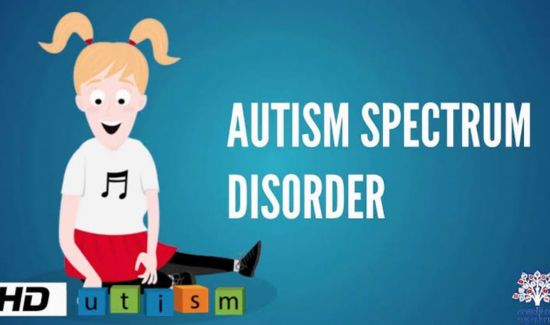A neurodevelopmental disorder known as autism spectrum disorder (ASD) is characterized by a broad variety of symptoms and difficulties that impact behavior, social interaction, and communication. Let’s examine the causes, signs, and everyday experiences of people with ASD in more detail.
Table of Contents
Introduction:
A complicated neurological disorder known as autism spectrum disorder (ASD) has an impact on a person’s communication, social interactions, and worldview. It is classified as a spectrum disease because of the vast variety of symptoms and difficulties it presents. The degree of social interaction, communication, and behavioral challenges that people with ASD may encounter varies widely.

Causes of Autism Spectrum Disorder (ASD):
Although the precise origins of ASD are not entirely understood, research indicates that a mix of genetic and environmental variables may play a role in its development.
Genetic Elements:
- Factors related to heredity: ASD frequently runs in families, suggesting a significant genetic component.
- Genetic Mutations: The likelihood of getting ASD may be raised by specific genetic abnormalities or mutations.
Environmental Elements:
- Prenatal variables: There may be a higher chance if a pregnant woman is exposed to certain poisons or environmental variables.
- Birth Complications: Low birth weight or premature birth have been linked to an increased risk.
- Brain Development: Individuals with ASD have been shown to have differences in the structure and function of their brains, which may indicate that aberrant brain development is involved.
Symptoms of ASD:

ASD symptoms can vary greatly from person to person; however, they typically fall into four main categories:
Social interaction difficulties:
Inability to read body language and facial expressions, among other social indicators. Difficulty establishing and preserving relationships. A lack of desire to share one’s successes, hobbies, or joys with others.
Communication Challenges:
Speech development that is delayed or nonexistent. Having trouble starting or maintaining discussions. Use of echolalia, or the repetition of words or phrases, in speech.
Habitual Activities and Limited Interests:
Making rhythmic motions with your hands, like flapping or rocking. Adherence to rigorous routines and intolerance to changes in schedule. Intense concentration on one hobby or subject at the expense of another.
Senses of Sensitivity:
Increased susceptibility to or lack of response to sounds, tastes, textures, or light sources. Overwhelmed by specific sensory experiences, resulting in actions such as seeking out or avoiding sensory stimuli.
Realities of Living with ASD:
The realities of living with autism spectrum disorder (ASD) include distinct strengths and challenges for affected persons and their families.
Individual Variability:
Because ASD is a spectrum condition, people with autism have a wide range of skills and difficulties. Some people would need a lot of assistance with everyday tasks, while others could manage on their own.
Co-occurring Conditions:
Epilepsy, anxiety disorders, and gastrointestinal problems are common in people with ASD, and they can make diagnosis and treatment more difficult.
Qualities and Abilities:
It is possible to develop and utilize the special qualities that people with ASD frequently possess, such as remarkable memory, meticulous attention to detail, and creative thinking.
Assistance and Treatment:

Although early intervention and assistance can greatly improve results, there is currently no cure for ASD. Potential therapeutic modalities include:
Behavioral therapies:
To enhance social skills, communication, and adaptive behaviors, try Applied Behavior Analysis (ABA).
Educational Support:
In school settings, students with ASD might have Individualized Education Programs (IEPs) tailored to their unique requirements.
Medication:
Occasionally administered to treat concomitant symptoms like anxiety, depression, or hyperactivity.
Conclusion:
Autism Spectrum Disorder is a complex illness that needs to be understood, accepted, and supported by society. We can create a more compassionate and inclusive environment where everyone can thrive by increasing awareness, encouraging inclusive practices, and offering resources to individuals and families affected by ASD.
Organizations such as Autism Speaks, local autism societies, and healthcare providers can provide helpful resources and individualized counseling to anyone seeking additional information or support. Working together, we can create a society that values people with ASD for their special talents and accomplishments.

